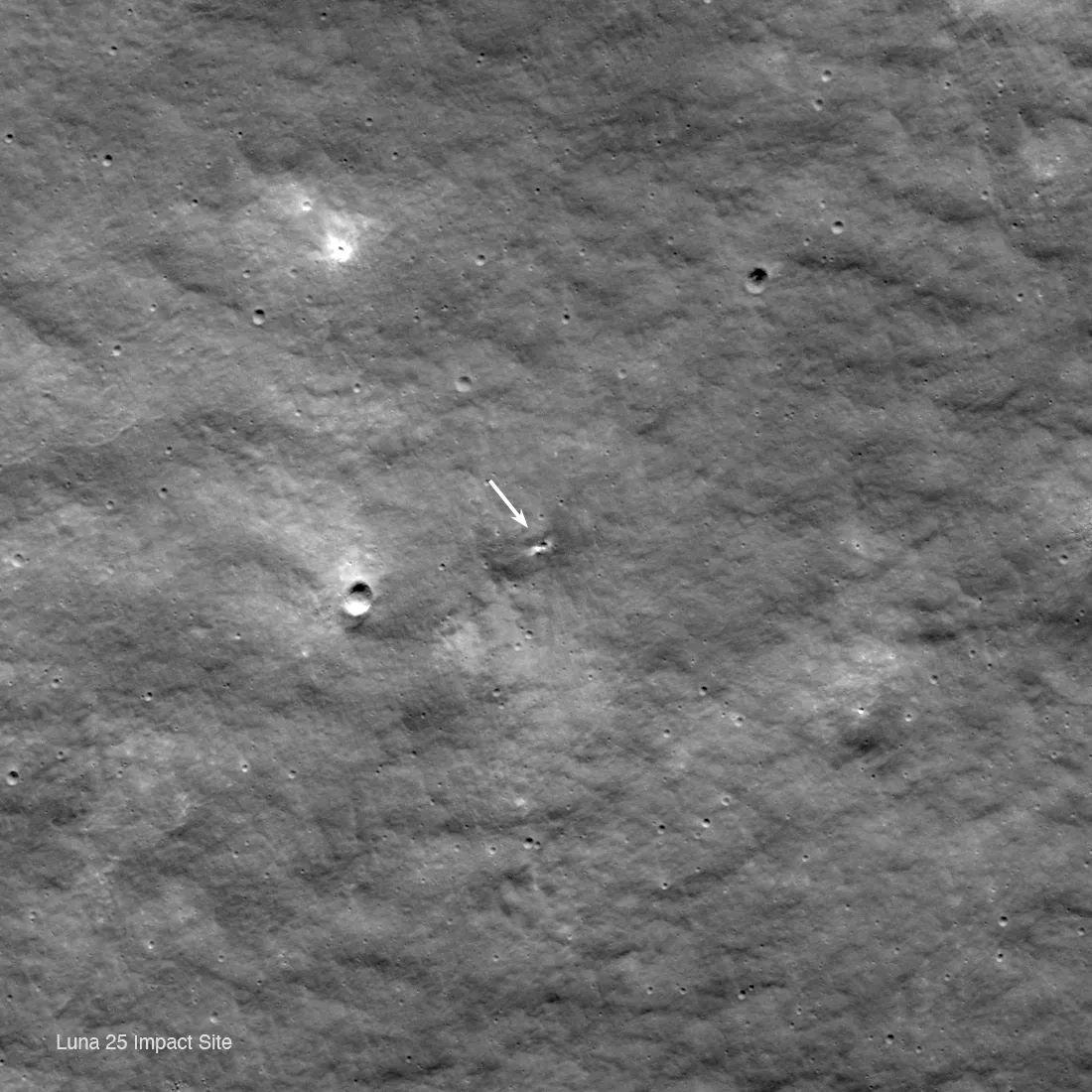Russia’s Luna-25 Crash Traced To Onboard Control Issue

NASA's Lunar Reconnaissance Orbiter spotted a new crater on the Moon's surface on Aug. 24 that is the likely crash site of Russia's Luna-25 spacecraft.
Credit: NASA Goddard Space Flight Center/Arizona State University
BAKU, Azerbaijan—Russia’s attempt to land a spacecraft on the Moon in August—its first lunar mission in nearly 50 years—failed due to a mistimed thruster burn that lasted 127 sec. instead of 84 sec. caused by a malfunctioning onboard control system. The Luna-25 thruster failed to switch off when the...
Subscription Required
This content requires a subscription to one of the Aviation Week Intelligence Network (AWIN) bundles.
Schedule a demo today to find out how you can access this content and similar content related to your area of the global aviation industry.
Already an AWIN subscriber? Login
Did you know? Aviation Week has won top honors multiple times in the Jesse H. Neal National Business Journalism Awards, the business-to-business media equivalent of the Pulitzer Prizes.



